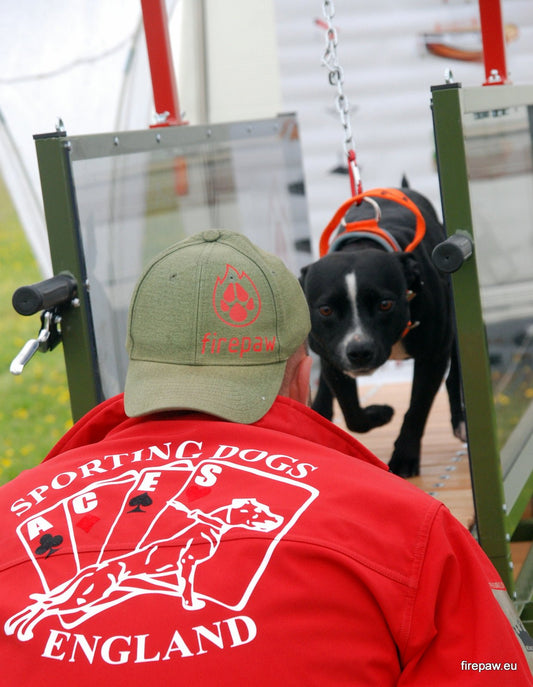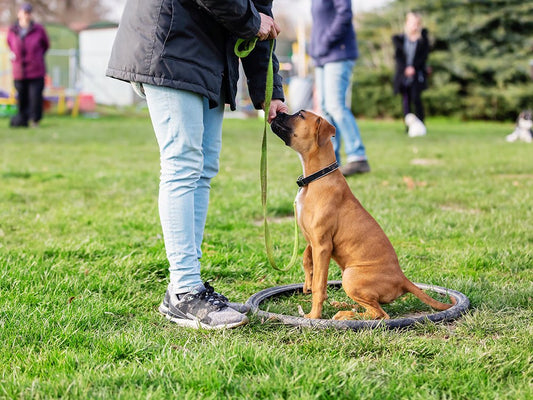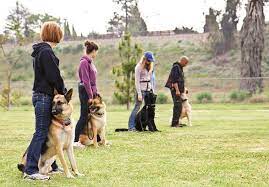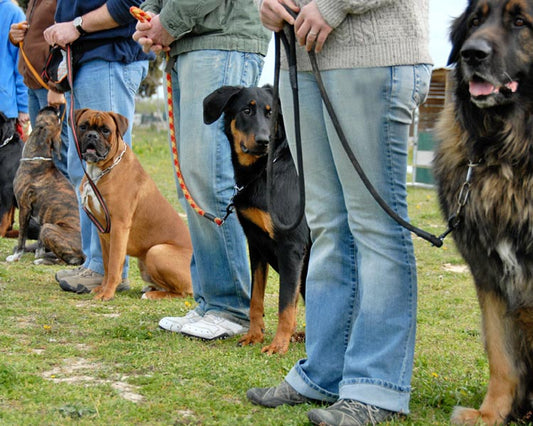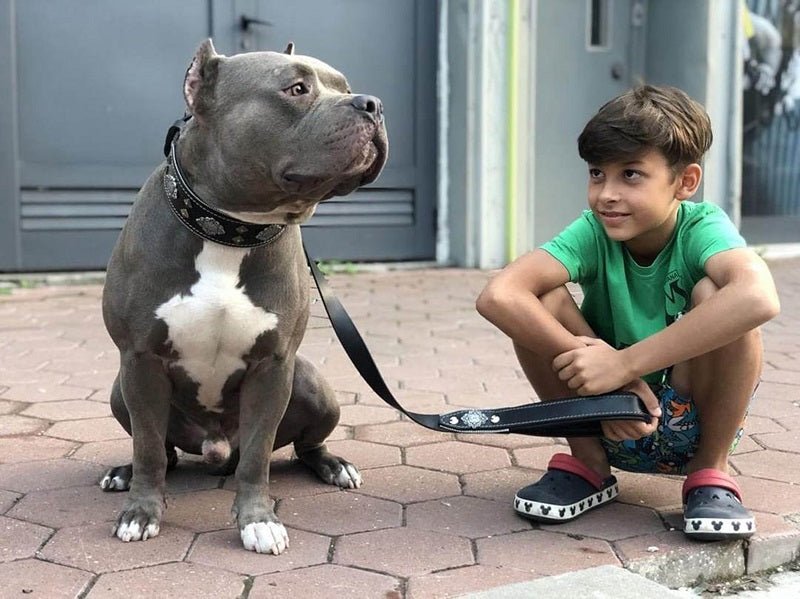
Body Language 101: What is Your Pit Bull Trying to Tell You
Body Language 101: What is Your Pit Bull Trying to Tell You
Have you ever wished your dog could talk to you? Maybe they would tell you about their needs, wants, worries, and feelings. Perhaps they could tell you about their ball obsession or point out squirrels while you were out for a walk.
Although brain imaging and research investigations have given us a glimpse into the canine mind, we will likely never fully understand what dogs are thinking, especially our big dog, the Pit Bull.
Dogs may not be able to talk, but they can communicate nonverbally with their body language, attitudes, and movements. So, let’s hear what our pits are trying to tell us.
Body Languages and What They Mean
Your dog is constantly observing and analyzing your actions, tone of voice, and facial expressions. Have you ever noticed that when you're upset, your dog may avoid you but it sits close and lets you pet them when you're sad? You can learn more about your dog's emotions and the "why" behind their actions by observing their body language.
Facial Expressions
Dogs develop expressions and communicate signals about their emotional states with their mouth, ears, brows, and eyes. Keep an eye out for the following cues:
- Eyes: Squinting or almond-shaped eyes with little to no white showing are common in relaxed dogs. While focused staring shows attention, a forceful stare may be an indication of aggressiveness. This may be the time to pull out the control leash to train a calmer behavior.
- Ears: A relaxed dog has its ears kept neutrally or slightly back. On the other hand, if the Pit's ears are pricked straight up and forward, they are showing interest or confidence. A dog that is afraid might pin their ears back. If this happens, you will have to show more love and compassion for your big baby.
- Mouth: Happy dogs keep their mouths slightly open with their tongues lolling out or closed with relaxed corners. Stress or anxiety might be indicated by panting with tense, drawn-back lips, lip-smacking, or yawning. An aggressive, scared, or offensive posture is indicated by the upper lip pulled up along with a wrinkled nose and rigid body posture. In contrast, a loose, wiggling dog revealing its teeth is displaying a “submissive grin,” which is a benign gesture. You might even get a chance to train your dog willfully with this grin.
Tail and Body Position
Although most people associate a dog's wagging tail with happiness, tail movements are much more complex. Dogs that are happy will usually wag their tails straight out, but a rapid wag high over the back may be a sign of approaching aggression.
When the tail is held straight down, it conveys worry or tension, and when it is held completely against the abdomen, it indicates extreme uneasiness.
If you’re taking your dog to a park with children playing around and other dogs roaming freely, it is best to use a dual sport leash to keep the pit’s aggression in check.
Conclusion
You need to pay attention to your dog's body language and take the surroundings into account in order to fully comprehend them. With enough experience, you'll eventually be able to read your dog's body language and even train them to understand what you’re saying.
